One of our primary goals of our expedition to Antarctica is seeing how the seafloor communities have changed over the last four decades. How will we do this? What tools can we use?
One tool is our underwater robot, SCINI. She was designed and built by our engineers specifically to help us explore the deep water under the ice in Antarctica. SCINI is about 3 feet long and is so light that one person can easily carry her. Being only 15 cm in diameter, she can easiliy fit through 20 cm holes which we will have to drill. You'll learn much more about SCINI in upcoming journals though check our website for more basic details (http://iceaged2010.mlml.calstate.edu/scini/)
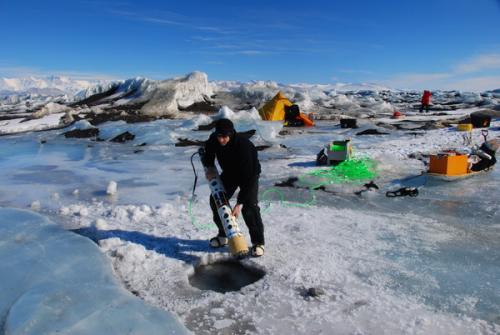
The second tool is SCUBASelf Contained Underwater Breathing Apparatus gear. Stacy, John, Bob, Jennifer, Julie, and Kevin will all be donning the appropriate attire and plunging into the frigid waters to help us learn about what's down there. Julie and Kevin are newbies to SCUBASelf Contained Underwater Breathing Apparatus diving in Antarctica, but Stacy, John, Bob, and Jennifer have all been down there before.
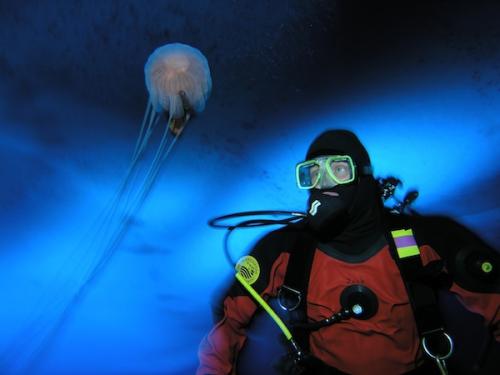
To let you all learn about what it's like, Jennifer has written a bit about what her first plunge was like.
While sitting at the edge of a 15’ thick ice tube before my first SCUBASelf Contained Underwater Breathing Apparatus dive into the icy waters of Antarctica in 2003, I still recall my overwhelming feelings of anxiety and anticipation. I remember struggling to breathe beneath the weight of a 30 lb weight belt, 40 lb SCUBASelf Contained Underwater Breathing Apparatus tank and the constriction of three hoods that were to keep my head from freezing (ice cream headache anyone?). In fact, the hoods were so tight my jaw was beginning to cramp, and when it became time to take the plunge, I had to literally pry open my mouth with my gloved hand in order to put the regulator (my breathing apparatus) into my mouth. What was I thinking?
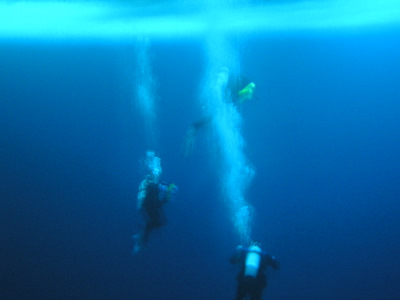
As soon as I sunk below the 15’ of ice, all feelings of anxiety were replaced with an overwhelming sense of peace. I was so distracted; I forgot to tell the diving safety officer I was OK until he kindly grabbed my arm to make sure I was. Because we were diving beneath a ceiling of thick ice, everything was dark, so shapes and colors were difficult to discern. However, I could distinctly hear the eerie sounds of Weddell Seals calling in the distance. I turned on my light and was amazed at the clarity of the water- it was as if we were floating in air. As we descended deeper, the bright colors of pink sea stars and soft corals, yellow basket stars and huge white sponges appeared. Giant yellow sea spiders and giant isopods (basically giant sea cockroaches) clung to the sides of the sponges. My eye was caught by a huge pile of what looked like meter long worms. As I got closer, I realized it was a pile of entwined multi-colored meter long worms! Where was I?
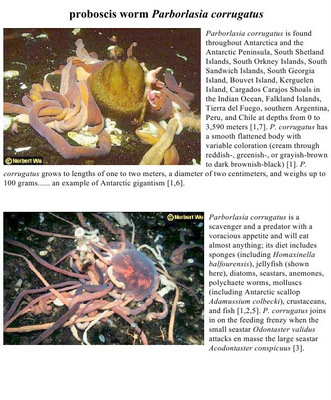
(To learn more about the creatures in Antarctica, click here and read the Underwater Field Guide to Ross Island and McMurdo Sound, Antarctica)
I was so engrossed in this colorful carnival atop the black volcanic sediments I completely forgot that I was diving with other people. I finally snapped out of it, looked up and was again amazed that I could see the hole we dove through, 30 feet above, shining like a full moon in the ceiling of ice. This hole was our only way back to the surface, so I was happy to know it was there, but I was happier to know we still had time to take in the bizarre landscape and creatures beneath me.
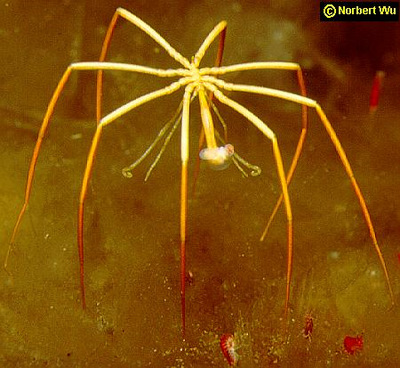
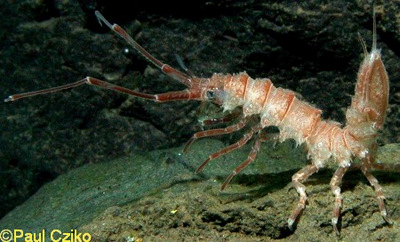
Sunlight fuels the growth of algae in the ocean, and since the waters where I was diving were covered in ice, very little sunlight penetrates. Therefore, algae only grow during certain times of the year when the sea ice is gone. This is why the seawater is so clear- it is basically deprived of light and, therefore, plants (phytoplankton). If the seawater is low in plants, the animals are also likely low on food. Thus, processes such as competition and predation that occur very quickly in temperate waters are slowed down in the Antarctic. I also felt slowed, swimming leisurely, peacefully, across this foreign landscape, trying to take it all in. My dive computer was finally telling me it was time to leave. I took a deep breath and one last look, knowing I would return, before ascending back to the surface where the rest of the world awaited.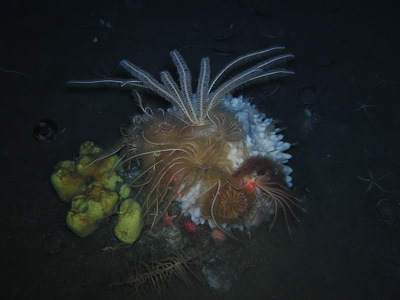
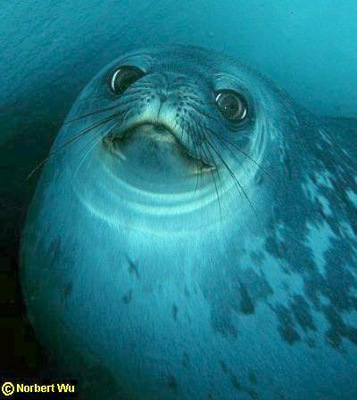
http://
&feature=related">Click here to see more movies of creatures


Comments